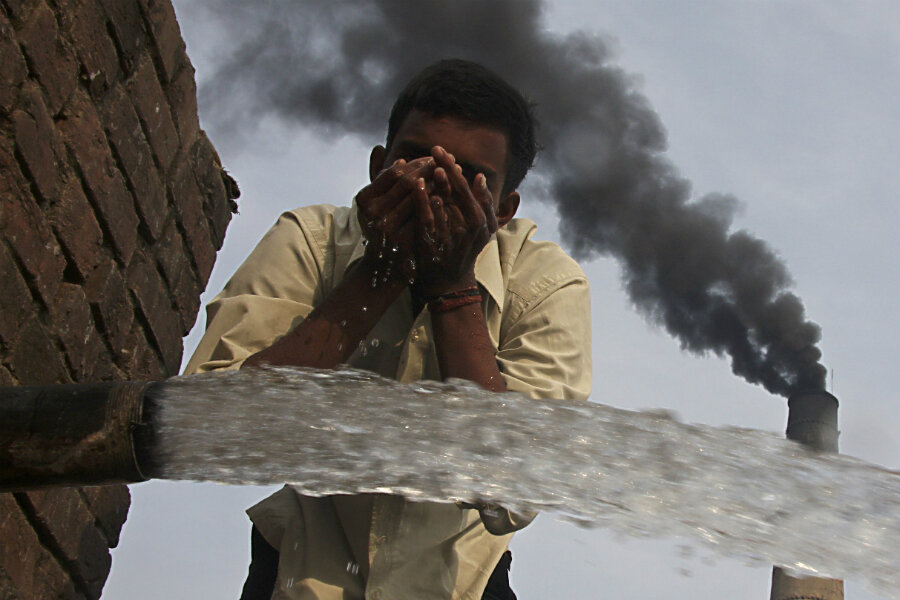India announces plan to slash carbon emissions
Loading...
India has unveiled a plan to cut carbon emissions by 33 to 35 percent from 2005 levels by 2030 ahead of December's United Nations Paris Climate Change Conference intended to produce a global agreement to cut greenhouse gas emissions.
In this significant shift, the Indian government has said that it also intends to produce about 40 percent of its electricity in 2030 from “non-fossil-fuel based sources” like solar, wind, and hydropower.
As The International Business Times reported:
For years now, India has argued in favor of a “common but differentiated” approach, which asserts that rich nations like the United States should bear more responsibility for anthropogenic climate change, and developing countries should not be denied the opportunity to build their economies through the use of coal-fired power, one of the largest sources of greenhouse gases.
"India cannot and will not take emission reduction targets because poverty eradication and social and economic development are first and over-riding priorities," a statement on behalf of Environment Minister Jairam Ramesh said in June 2009.
“India’s first task is eradication of poverty,” India’s environment minister Prakash Javadekar told The New York Times last fall. “Twenty percent of our population doesn’t have access to electricity, and that’s our top priority. We will grow faster, and our emissions will rise.”
India is the world’s third-largest carbon polluter, behind China and the United States. China overtook the United States as the world’s largest emitter of greenhouse gases in 2007, and has retained that spot ever since.
Last month, the Obama administration announced new rules aimed at reducing carbon-dioxide emissions from existing power plants to 32 percent below 2005 levels by 2030. Last year China, pledged to cut emissions by 2030 through improved enforcement efforts and by increasing its use of renewable, zero-emission energy sources to 20 percent of its total energy budget.
Pledges to cut emissions are rolling in from most major economies, but how much will the proposed changes actually limit warming?
According to The New York Times:
"the collective pledges would reduce the warming of the planet at century’s end to about 6.3 degrees, if the national commitments were fully honored, from an expected 8.1 degrees Fahrenheit, if emissions continued on their present course. That is a long way from meeting their own shared target, set in 2010, of limiting global warming to about 3.6 degrees Fahrenheit."







